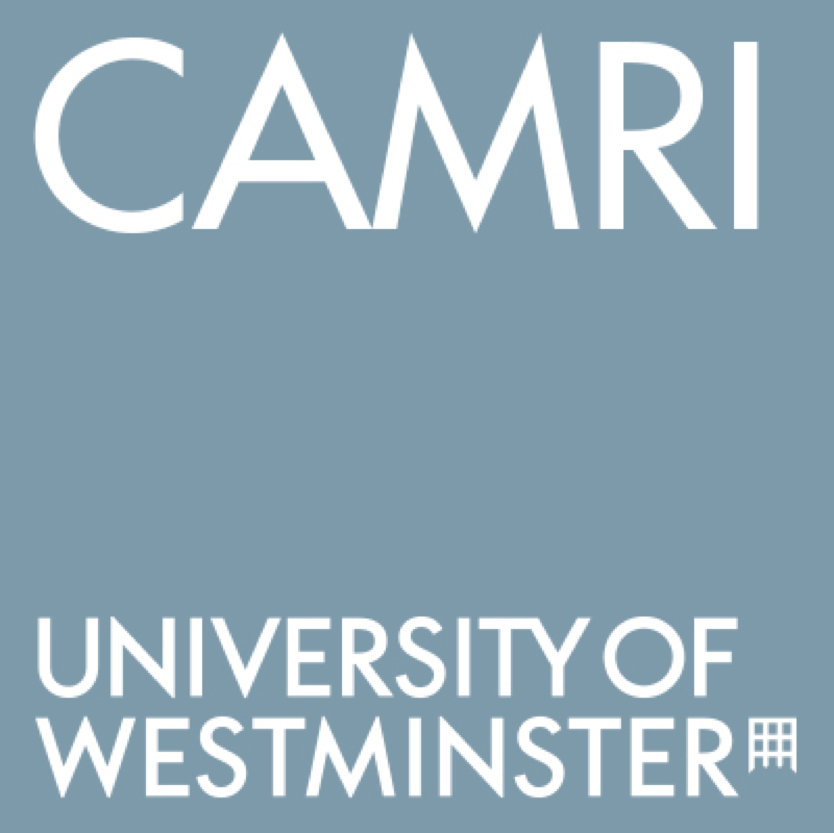A principal incentive behind the move to digital television has been the release of radio spectrum in the attractive Ultra-High Frequency (UHF) band, which can be used for other, notably wireless, services. This so-called digital dividend and related spectrum battles have heightened in recent years as evidenced by the negotiations in the World Radiocommunication Conferences (WRCs). Frequencies are a core input to many industries and thus radio spectrum management has acquired high economic and political significance. Historically in Europe, the terrestrial platform has been critical for the delivery of Public Service Broadcasting (PSB). But increasingly since 2007, digital terrestrial network operators have come under enormous pressure to relinquish frequencies in response to the looming spectrum crunch of the wireless broadband (WBB) sector and the projected phenomenal demand for its services. The article argues that limiting spectrum access for the Digital Terrestrial Television (DTT) platform should not be synonymous with a corresponding weakening of PSB. The often dry and technical debate on radio spectrum management cannot obscure what is really at stake. The values that PSB stands for need to be adapted to and guaranteed in a likely post-broadcast environment. The political, economic, social and cultural principles of PSB remain valid irrespective of the underlying delivery platform used. The debate on a platform-neutral PSB is currently not as prominent as the debate on the spectrum demands of the WBB industry. At best, the two debates (future of DTT/WBB spectrum and future of PSB) are conducted in silos. Radio spectrum management should not be used as an(other) excuse to weaken PSB. Debate and action based on a digital commons space and communication rights can provide the way forward.
.
Photo by Jackson David on Unsplash












